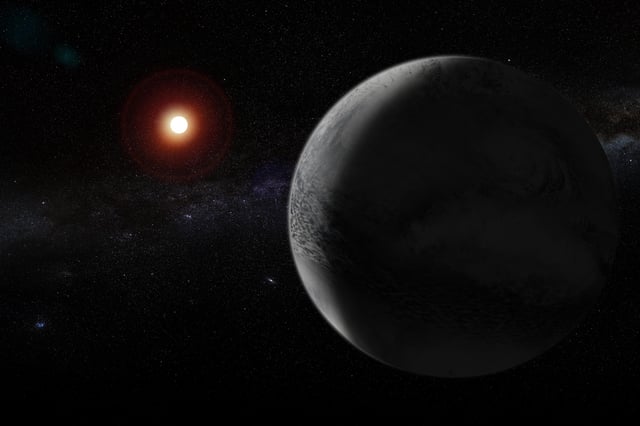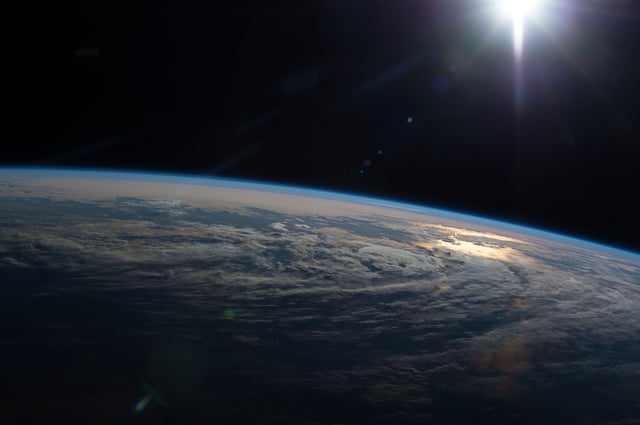Overview
- Researchers using the James Webb Space Telescope detected dimethyl sulfide (DMS) and dimethyl disulfide (DMDS) in the atmosphere of K2-18b, compounds produced on Earth only by biological processes.
- The study, led by Nikku Madhusudhan and published in the Astrophysical Journal Letters, reports a 99.7% confidence level in the detection of these potential biosignatures.
- K2-18b, classified as a possible hycean world, is 8.6 times Earth's mass, 2.6 times its diameter, and orbits in the habitable zone of a red dwarf star 124 light-years away.
- While the findings are significant, scientists emphasize caution, noting the need for repeat observations and further studies to rule out abiotic processes.
- This discovery represents a key milestone in observational astrobiology, advancing the search for life beyond Earth and highlighting the capabilities of the James Webb Space Telescope.


